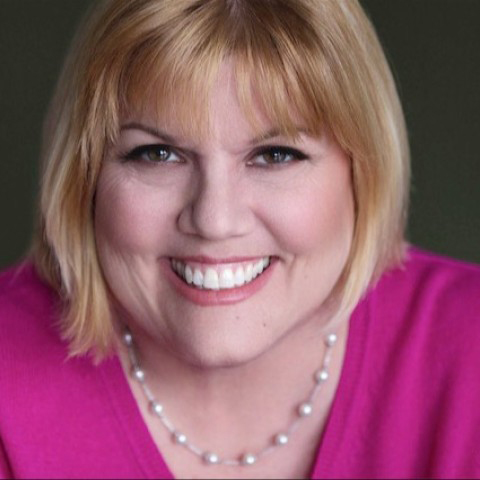Medicine is not just about diagnosing and treating individual patients—it’s also about changing the conditions that shape health. This module explores the evolving role of physicians as advocates:
- What it has meant historically.
- What it means today.
- How future physicians (like you!) can make an impact in healthcare systems, policy arenas, and communities.
A legacy of physician advocacy: Progress and contradictions
Let’s begin by understanding the historical tension: Physicians have both advanced and resisted health system change.
the AMA’s dual legacy
- Use the AMA History page as an introduction to the organization’s foundational advocacy role.
- Then explore this New Yorker article for a critical look at how the AMA has historically lobbied against universal coverage and resisted certain equity-focused reforms.
- The AMA has historically fought against government involvement in healthcare but has also led on major public health issues (e.g., tobacco control, gun violence as a public health crisis). This contradiction is a critical discussion point.
What is physician advocacy?
Physician advocacy goes beyond the clinic.
These resources explain:
- The three levels of advocacy:
- Individual.
- Institutional.
- Policy/systemic.
- The ethical duty of physicians to engage in social change as part of promoting health.
- How advocacy intersects with professionalism and justice.
public health framing tip
Advocacy is not an “add-on.” It is essential to advancing population health and correcting structural inequities.
Tools for physician advocacy: Public health in action
Now, let’s look at what physicians can actually do when they advocate for change.
The AMA’s advocacy page provides issue areas from reproductive rights to LGBTQ+ health and firearm safety to drug use.
In particular, use the Public Health tab.
think about this
(Optional) Choose an issue from the Public Health tab and map how a physician might advocate at each level: Patient, Institution, and Policy.
If you choose to do this exercise, consider sharing your thoughts on the Slack channel to stimulate further discussion and to potentially offer your peers new ideas for advocacy that they may not have thought of!
Example
For maternal mortality disparities, a physician could:
- Individual: Support a Black birthing patient in navigating insurance and care options.
- Institutional: Champion implicit bias training in their hospital.
- Policy: Testify in support of Medicaid postpartum coverage extension.
Barriers and critiques: Why physician advocacy isn’t easy
Physician advocacy often collides with:
- Institutional pressure to be “neutral.”
- Lack of training in policy, equity, or public health.
- Pushback from powerful lobbies (e.g., pharmaceutical, insurance).
- Historical professional complicity in inequitable systems.
Critical perspectives
Read the NIH’s chapter on Health Policy and Politics for a public health systems view.
Then discuss this 2025 Commonwealth Fund blog, Changing Health Care, and the Need for Courage, which challenges the profession to show moral clarity and courage in today’s policy climate.
Discuss in the Slack channel (optional):
What keeps physicians silent in the face of injustice? How can training or institutional culture shift this?
Inside the American Medical Association’s Fight Over Single-Payer Health Care
- The Role of Physician Advocacy in Achieving Health Equity: Where is the allergist-immunologist? (NIH, 2022.)
- How physicians can use their privilege to become a patient’s advocate. (Institute for Public Health, 2020.)
- Physician Leadership and Advocacy for Team-Based Care. (AMA Journal of Ethics, 2022.)


